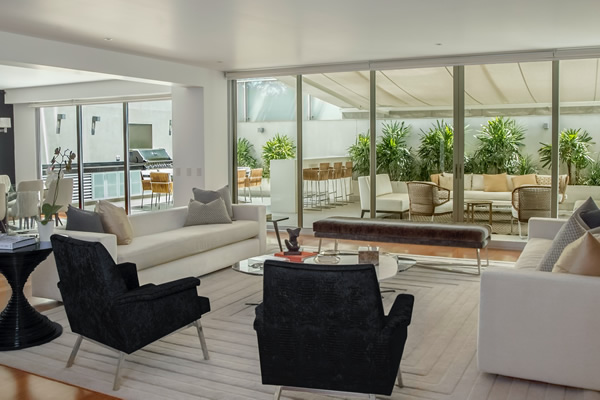Integrating a control system into a new build or refurbishment project can be a difficult decision with so many choices available and what feels like new solutions released every month. At My KNX Store we are focused on providing not only a robust control system platform which can be tailored to the requirements of each client or family but one that allows the functionality of that system to be easily adapted if the needs of a room or zone changes or if an upgrade is desired.

To help you decide what is the best route to take we have designed our Control System Check List to make sure you, as the end-user, are asking all the right questions.
1. What functionality do I want to control in my home?
Lighting control can be one of the biggest drives in a home automation system, either to create various lifestyle scenes (for example: movie night, party, dinner, welcome home) or to provide lighting automation in certain scenarios (for example: dressing room lights switch on when you walk into the room or the landing lights only dim up to 30% between 22:00 – 05:00 so not dazzle when switched on in the middle of the night). But there are so many more building functions which can be easily integrated within a KNX system to improve ease of use or to match the lifestyle of the user. Here are a few categories to think about:
- Lighting
- Blinds
- Heating / Cooling
- Scenes
- Audio / Visual
- Door Entry
- Presence Detection
- Security / Alarm notifications
- Energy management
- System Monitoring
2. Can I control multiple building functions within one system?
There are numerous home automation solutions on the market which offer control of an individual function, such as lighting or blinds, or a collection of a few elements. The difficulty arises when you require a large range of functions, such as the list above, to be integrated together and you have individual systems for individual functions, one for lighting, another for heating, another again for door entry. In such a scenario it can become very frustrating when you must log into different apps for different things or use one remote for one function and another remote for something else. This situation also creates the problem of “If something stops working what system is causing the issue?”
Combined building control is the heart of KNX. It allows all building functions, lighting, blinds, heating, AV, door entry, energy monitoring to name a few to be controlled within one complete system. All of which can be controlled through personalised keypads, user-friendly touchscreens or one consistent app.
3. Can I match the system to my lifestyle and budget?
If the desired functionality of the system is not key focus during the design stage then cost of the system can be considerably more than it should as elements which aren’t required are included. Two examples of this would be that a more powerful control device is installed than is needed as a smaller device variant is not available within the product portfolio, or, a more complex keypad is specified in an area of infrequent use, such as a spare bedroom, where a more basic keypad variant would have been suitable. This can be seen with single branded systems which only offer a small product range, or when multiple systems are used to achieve the collective control required.
Rather than a single branded system, KNX is a building control protocol which is supported by over 450 certified manufacturers, all singing the same KNX language. As a result, KNX has a vast array of devices at its disposal allowing each system to be specifically tailored to the functionality required and budget available.
4. Can the system be altered when my needs of a zone or room change without expensive or invasive redesigns?
Like our lifestyles the use of a room or zone can frequently change or vary on a seasonal basis. For this reason it is vital that the control system in place can be tweaked to match these changes. The last scenario you want to find yourself in is that a couple of months after the system has been installed, you decide that you would like a room function differently and in order for the system to accommodate these changes invasive redesigns and redecorating is needed.
With a KNX control system, all that is required is for the system programme to be edited and new scenes, lighting levels, scenario responses or device upgrades will be automatically pulled into the systems functionality.
5. Is the system future-proof?
A control system is something which you want to have complete trust in and that will not become outdated just a few short years down the line. The risk when using a single branded control system is that if the company folds that system might become obsolete and a completely new system is required. Or, if the company decides to discontinue a specific product range then a function or range of functions might be longer be possible.
As KNX is a control system protocol supported by a large group of conforming KNX manufacturers, rather than a single brand, it offers a clear strength in numbers. Drawing from the above example, if a KNX device present in the system has been discontinued and a replacement device has not been released by the relevant manufacturer then an alternative device can be easily switched into the system from different KNX manufacturer. Having the support of this KNX network, built over its 30-year history, is a key strength of using a KNX control solution creating a stable and robust system for years to come.
Are you interested in learning more about a KNX control solutions and how they can suit your own or next project? Contact a member of the My KNX Store team today.
T: 0191 497 0777
E: knx@myknxstore.co.uk
www.myknxstore.co.uk













